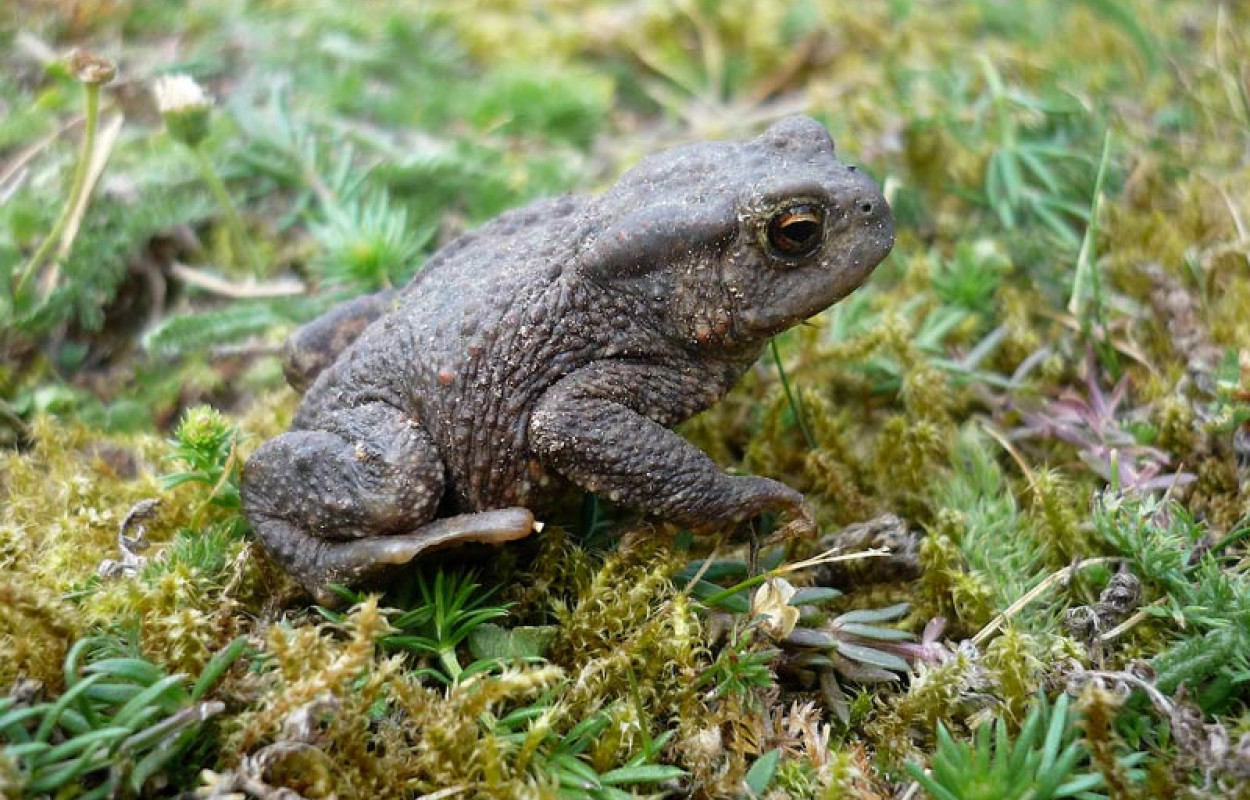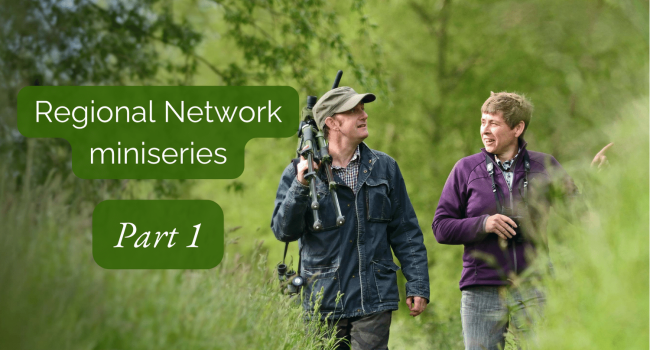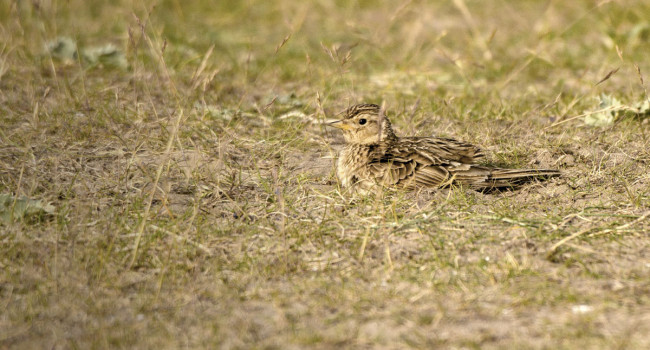Diversity, fragmentation and connectivity in the UK amphibian and reptile data landscape

Author(s): Turner, R.K., Griffiths, R.A., Wilkinson, J.W., Julian, A., Toms, M.P. & Isaac, N.J.B.
Published: November 2022
Journal: Biodiversity & Conservation
Digital Identifier No. (DOI): 10.1007/s10531-022-02502-w
Monitoring biodiversity at large spatial scales and over long periods of time is central to understanding how populations change, and supports conservation planning and the prioritisation of resources by decision-makers. While we have a good understanding of the monitoring frameworks that exist for some taxa, e.g. birds, such understanding is lacking for many others, including reptiles and amphibians.
This paper sets out to fill this knowledge gap for UK reptiles and amphibians, identifying existing sources of biodiversity data for these taxa and then characterising the nature of the data management network within which they sit. By using an approach known as network analysis, the team was able to visualise how the reptile and amphibian data were mobilised across the network, i.e. which were the key data sources within the network and how did data flow across the network? It also revealed valuable information on the species recorded and the degree of geographic and spatial coverage over time.
Forty-five sources of amphibian and reptile data were identified, which clustered into three main groupings: ‘recording projects’, ‘recording communities’ and ‘digital data platforms’. ‘Recording projects’ involve structured or semi-structured monitoring, the typical projects operated by BTO such as the reptile and amphibian component of BTO Garden BirdWatch. The network analysis revealed that the UK amphibian and reptile monitoring portfolio is dynamic and fragmented, with two data sources sitting outside of the network and many others receiving data but not then sharing this with other sources. While the network as a whole may provide comprehensive information across species and regions, the complexity of the network and the degree of fragmentation means that opportunities to leverage information where and when it is needed are not as good as they could be. If such shortcomings can be addressed then this would benefit reptile and amphibian conservation within the UK.
Abstract
Notes
This work was supported by the Natural Environment Research Council and ARIES Doctoral Training Partnership [Grant Number NE/S007334/1]. We are grateful to the Amphibian and Reptile Conservation (ARC) Trust, Amphibian and Reptile Groups (ARG) UK, the British Trust for Ornithology (BTO), Royal Society for the Protection of Birds (RSPB), Froglife, Biological Records Centre (BRC), and the Woodland Trust for sharing information on their data and their invaluable expertise on the dynamics of the UK amphibian and reptile data management landscape. In particular, we would like to thank Rob Ward (ARC Trust), Yvette Martin (ARC Trust), Emma Gardner (UK Centre for Ecology & Hydrology), Kate Risley (formerly BTO), Rebecca McHugh (RSPB), Silviu Petrovan (University of Cambridge), Jenny Tse-Leon (Froglife), Steve Langham (Surrey ARG), David Roy (BRC), Martin Harvey (BRC) and Lorienne Whittle (Woodland Trust). We thank our anonymous reviewers for their constructive feedback on previous manuscript drafts. We extend thanks to the thousands of dedicated volunteers who collect data on amphibians and reptiles in the UK and hope that this review showcases the value of their efforts for UK amphibian and reptile conservation.
Funding: This work was supported by the Natural Environment Research Council and the ARIES DTP [Grant Number NE/S007334/1].







Share this page